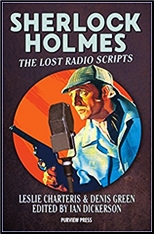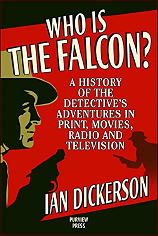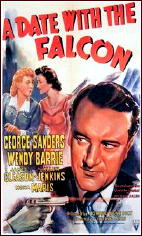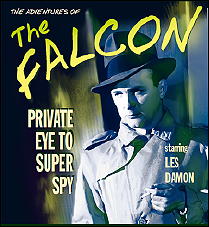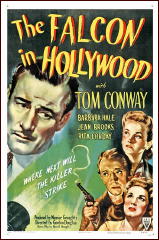I’ve asked Greg Shepard, publisher and editor-in-chief at Stark House Press, to tell us what’s come out from them recently or what will be showing up soon. He has most graciously agreed:
News from STARK HOUSE PRESS
by Greg Shepard
This year Stark House Press will celebrate being in business for 20 years. Our first book was a hardback collection of fantasy stories by Storm Constantine. We followed that with a few more Constantine projects, then jumped into Algernon Blackwood territory, a supernatural sidestep on our way to crime.

Twenty years in the publishing business has brought us full circle; in January, 2019, we published the definitive biography of Algernon Blackwood by Mike Ashley — The Starlight Man. This is not only the first paperback edition, but also the most complete version, since Ashley added back in all the bits his UK hardback publisher asked him to take out back in 2001, with lots of new pictures as well.
Although our primary focus has mainly been “men’s†hardboiled, noir fiction of the 40s to the 60s — our lead title for January was Lead With Your Left and The Best That Ever Did It by Ed Lacy, two gritty, New York cop mysteries — we recently began adding more of the women’s suspense authors from that era, too. In November of 2018 we issued End of the Line by Bert & Dolores Hitchens as part of our Black Gat series. This is one of five railroad mysteries that Dolores wrote with her rail-detective husband, Bert. But Dolores also wrote a lot of fine standalone mysteries during the 1950s, and we will be bring six of those back over the next couple years, starting with Stairway to an Empty Room and Terror Lurks in the Darkness next fall.

In February, we will be proudly publishing two novels by the incomparable Jean Potts. She won the Edgar Award for one them, Go, Lovely Rose, and was nominated for the other one, The Evil Wish. Both are excellent novels of psychological suspense, the first story dealing with the murder of a woman whom everyone in town hates, the second concerning a murder that is planned but not executed, leaving distrust and suspicion in its wake. Booklist has already labeled these “two masterpieces†and we’re excited to be bringing them back, with more to come.
Stark House will also be reprinting the works of Bernice Carey and Helen Nielsen. Back in November of 2016 we reprinted Woman on the Roof by Nielsen, and in May we have two more of her clever Southern California mysteries to offer: Borrow the Night and The Fifth Caller. Also in May we will be publishing (for the first time in paperback) Carey’s The Man Who Got Away With It and The Three Widows. Carey set her novels in small town California where she lived, often peppering them with her own brand of social justice. As Curtis Evans says in his introduction, “the most significant contribution of Bernice Carey to mid-century crime fiction was her commitment to exploring realistic social conditions in her novels.” She also created some very interesting characters.

Over in the noir camp is one of my personal favorites, Gil Brewer. We published two of his noir thrillers, The Red Scarf and A Killer is Loose, back in October. Brewer was the master of momentum. He’d create a desperate situation for this protagonist—usually involving lots of cash and a young, willing woman — and turn him loose to frantically pursue each with equal amounts of sweat and lust.
This year, we are reprinting Redheads Die Quickly, the definitive collection of Brewer stories edited by David Rachels back in 2012, with five new ones added. And later this year we will be complementing this volume with two new Brewer collections: Death is a Private Eye, set for August, and Die Once — Die Twice, tentatively scheduled for early 2020; each volume edited and introduced by David Rachels.

In March, Stark House is following up its Carter Brown program with three more Al Wheeler mysteries: No Law Against Angels, Doll for the Big House and Chorine Makes a Killing. If you don’t recognize these titles, that’s because No Law was published here as The Body (the very first Brown book to be published in the U.S.) and Doll as The Bombshell.
Back in the late 1950s, when Brown’s Australian publisher started to populate the world with his books, the feeling was that they needed Americanizing. So these first few Wheeler stories were revised for the U.S. audience. I thought it’d be more fun to reprint the original Australian versions, so that’s what we’re doing. In fact, Chorine has never been published in the U.S. at all, so that’s a first for most American readers.
Those are just a few of the highlights. There’s more: Jeff Vorzimmer has edited the mammoth The Best of Manhunt and will be discussing it in a separate post. That’s our big summer title, set for July. I am also working on a second trio of Lion Book noirs, another two-fer of Barry N. Malzberg satires (The Spread and The Social Worker), our final Peter Rabe volume (New Man in the House and Her High School Lover), plus lots of odds and ends over at Black Gat Books, including authors like Noël Calef, Ovid Demaris, Fredric Brown and Louis Malley.

